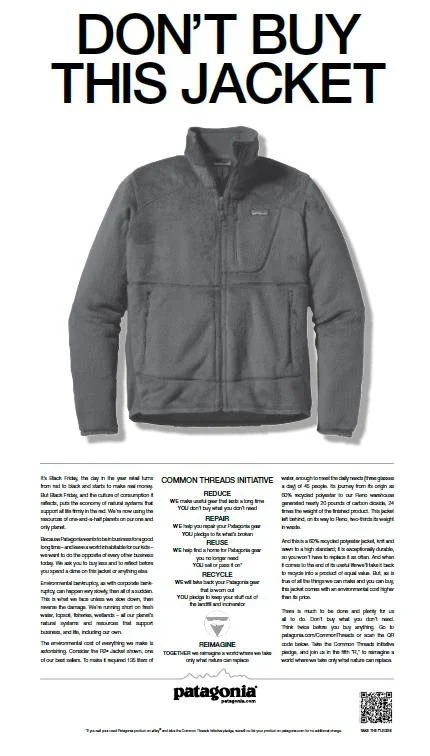How Green Brands Win: The Power of Distinctive Brand Assets and Entry Points
Brand identity isn’t just your logo, colour palette or tone of voice. It’s the network of memories people associate with you. For green brands, this means shaping the “eco-memories” that surface when consumers face choices: Which milk? Which jacket? Which soap?
This is where Distinctive Brand Assets (DBAs) come in. These are unique visual, sensory or ritual cues that instantly signal your brand’s presence and values.
Think of Patagonia’s iconic “Don’t Buy This Jacket” tag, an anti-consumerist message that became a symbol of environmental integrity. Or Oatly’s bold, minimalist cartons, immediately recognisable on any breakfast table.
Even the soft chime of an electric car starting, or the scent of hand-milled organic soap, can serve as a DBA. They make ethical brands hard to miss and easy to remember.
And they work. Research shows brands that consistently use their distinctive assets see up to a 34% lift in recognition. But distinctiveness alone isn’t enough. To truly grow, those assets must link to Category Entry Points (CEPs), the everyday situations that trigger purchase decisions.
For example:
“It’s hot today, I need….”
“I’m hosting a dinner, I’m looking for….”
The strongest sustainable brands fuse DBAs with these moments. IKEA’s ‘Buyback and Resell’ program ties its name to reuse and affordability. The Body Shop’s cruelty-free campaigns link their brand to ethical self-care. In both cases, the brand becomes the obvious answer when consumers arrive at those key decision points.
At Strat4, we help green brands win not just attention, but memory. Distinctive assets plus relevant entry points build the mental shortcuts that keep your brand at the top of the list, when it matters most.


